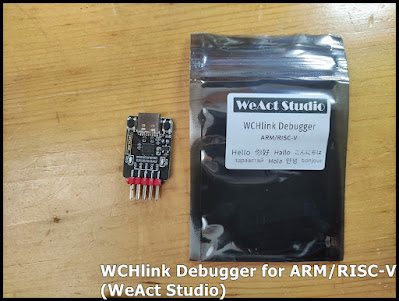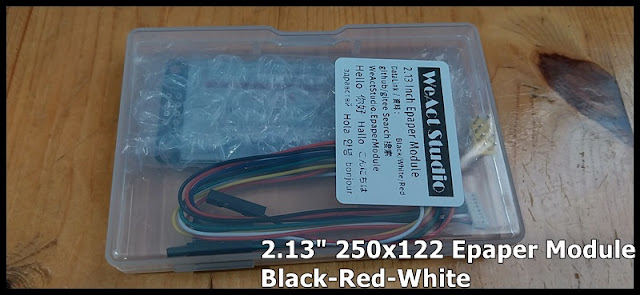Its' CH582F BLE5.3 Core Board, by WeAct Studio. Related Link: ~ Product Page ~ Github WeActStudio.WCH-BLE-Core Remark in my start-up using CH582F BLE5.3 Core Board + WCHlink Debugger for ARM/RISC-V , by WeAct Studio. (on Windows 10) Install MounRiver & WCHISPTool (and driver) Download and install MounRiver Studio to build first Hello World. Firstly, I build a Hello World using MounRiver Studio and try to download to CH582F using ISP (In-System Programmer). At most beginning, I download and install WCHISPTool_Setup.exe from Github , it's version 3.3. Suppose it will install WCHlink USB driver also. To put the CH582F in ISP mode, press and hold the BOOT button and connect to USB port. In my case, CH582F cannot be recognized. Then I download and re-install from WCH page (http://www.wch-ic.com/downloads/WCHISPTool_Setup_exe.html) . It's named WCHISPStudio 3.4 now. Then it can be recognized, and everythin...




